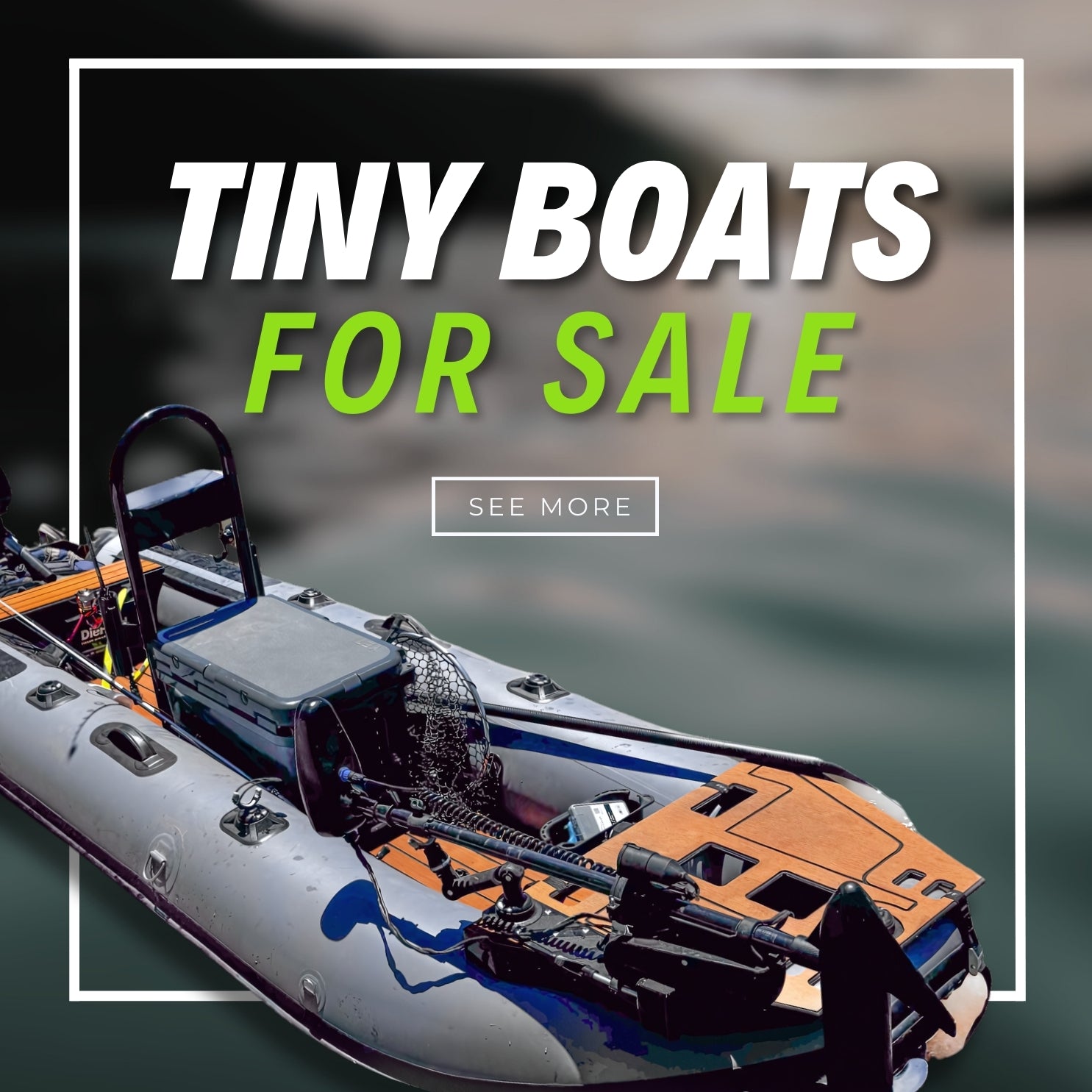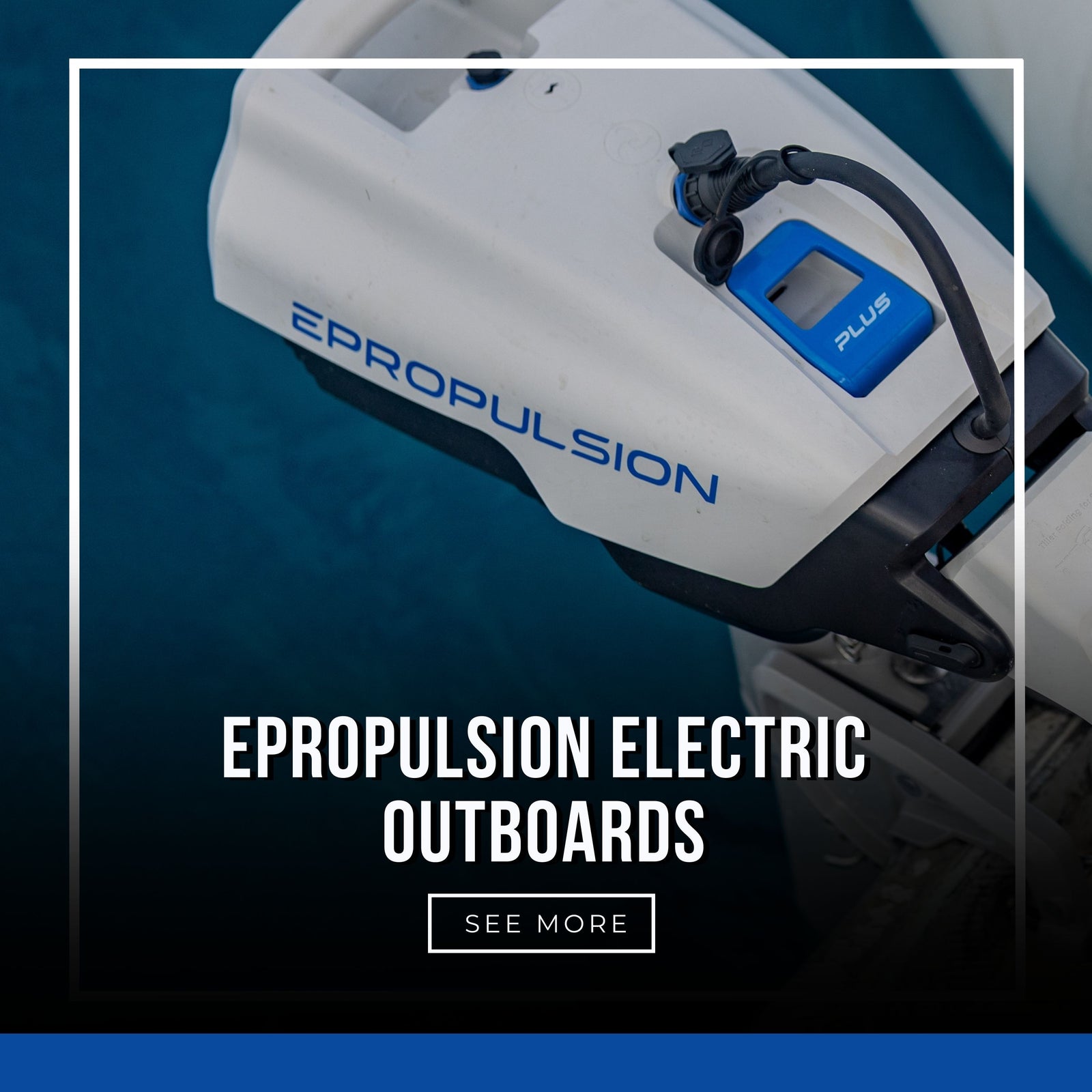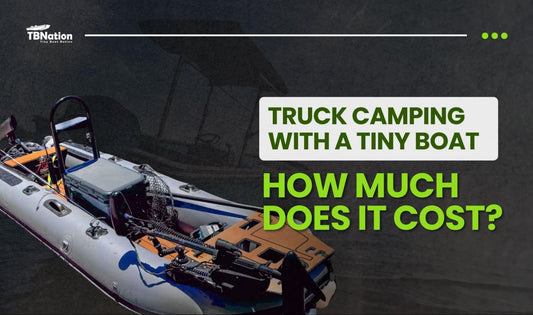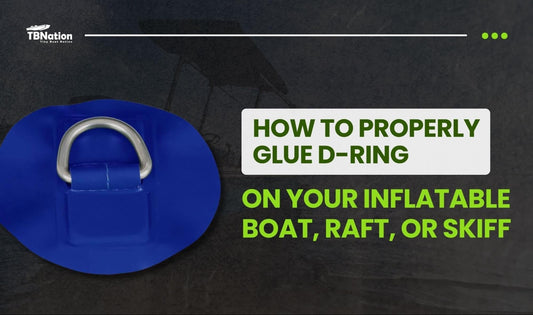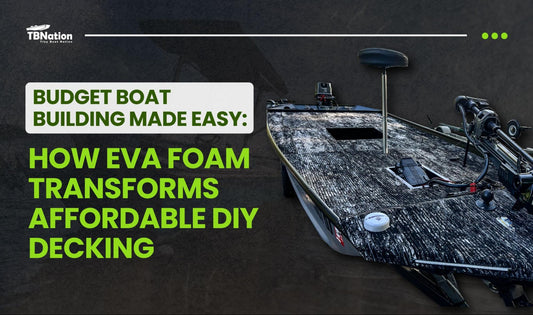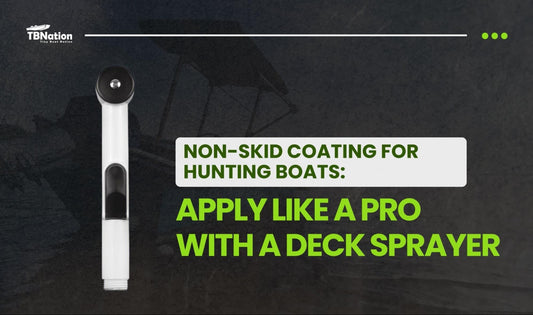Your Cart is Empty
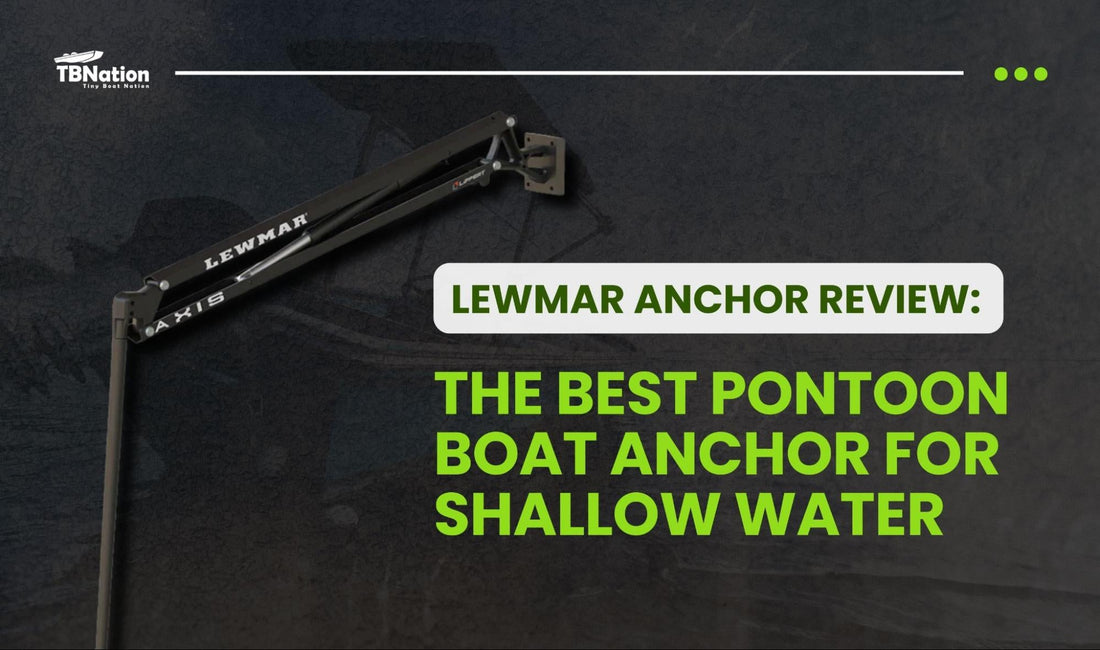
Lewmar Anchor Review: The Best Pontoon Boat Anchor for Shallow Water
Key Takeaways
-
Choosing the right pontoon boat anchor is crucial for safe and reliable anchoring, especially in shallow water conditions where wind and currents can cause drifting.
-
The Lewmar anchor series offers specialized models designed to meet the unique challenges of pontoon boats and shallow water environments, including electric options like the Lewmar Axis.
-
Proper anchor selection depends on your pontoon’s size, typical bottom conditions (mud, sand, gravel, weeds), and anchoring style, with Lewmar providing a range of anchors such as the LFX, Claw, Delta, Vector, and Axis.
-
Using correct anchoring techniques, like maintaining a 5:1 scope ratio, deploying the anchor slowly, using a snubber line, and regular maintenance, ensures optimal holding and prevents drifting.
-
Real users report positive experiences with Lewmar anchors, praising their ease of use, holding power, and durability in various shallow water scenarios.
Choosing the right pontoon boat anchor is essential if you enjoy spending time on calm lakes, rivers, or sandbars. Whether you're fishing, swimming, or just relaxing, your boat anchor needs to perform reliably, especially in shallow water, where winds or currents can quickly move your vessel.
One of the most trusted names in marine anchoring systems is Lewmar, and in this review, we explore whether the lewmar anchor lineup truly stands out as the best option for shallow water pontoon anchoring. This guide will walk you through Lewmar’s top anchors, how they perform in real-world conditions, and tips for choosing and using the right shallow water anchor for your pontoon..
Why Anchor Choice Matters for Pontoons in Shallow Water
Choosing the right anchor is especially important for pontoon boats, which are unique in both design and use. Their flat bottoms and open decks make them great for leisure activities, but they are also more prone to drifting due to wind and currents. Anchoring in shallow water adds another level of complexity because you need an anchor that sets quickly and holds well in soft bottom types like mud and sand.
A good anchor for pontoons must be lightweight and easy to deploy, capable of biting quickly into soft sediments, resistant to dragging when the wind or current shifts, and simple to retrieve and clean. Using the wrong anchor can cause frustration or even unsafe drifting, which is why many boaters are turning to the Lewmar anchor series. It offers designs specifically tailored to the challenges of shallow water and the unique needs of pontoon-style boats.
Lewmar Anchor Options Overview
Innovative Electric Operation
The Lewmar Axis anchor is a cutting-edge electric shallow water anchor designed specifically for boats under 26 feet, making it a great fit for most pontoon boats. It offers effortless push-button deployment, eliminating the need for complicated hydraulic pumps or manual handling. This technology provides boaters with a hassle-free anchoring experience that saves time and effort.
Space-Saving Design
The Axis features a transom-mounted design that keeps your deck clear and uncluttered. This allows for more usable space on your pontoon, which is perfect for leisure activities or fishing. By mounting on the transom, it also simplifies installation and maintenance.
Ideal for Shallow Water
Designed to anchor effectively in water depths of 8 feet or less, it excels in shallow water conditions. It is ideal for quick stops during fishing trips or casual outings. Its fast deployment helps you secure your boat efficiently in soft bottoms like mud and sand.
Reliable and Quiet Performance
The electric mechanism operates smoothly and quietly, minimizing disturbance to both you and the environment. This ensures a peaceful anchoring experience, especially important in calm lakes or rivers. Overall, the Lewmar Axis anchor combines convenience with dependable performance for pontoon boat owners.
How to Use a Lewmar Anchor on Your Pontoon Boat
Choose the Right Spot
Select an area with a soft bottom, such as mud or sand, as these conditions help the anchor set firmly. Avoid rocky or heavily vegetated areas where the anchor might struggle to grip. Also, ensure the water depth is suitable for your specific Lewmar anchor model to maximize holding power.
Prepare the Anchor and Rode
Before reaching your anchoring spot, check that your anchor is securely attached to an appropriate length of rode, which is typically a mix of chain and rope. For shallow water anchoring, maintain a scope ratio of about 5:1, meaning five feet of rode for every foot of water depth. This helps the anchor lie flat on the bottom and hold better.
Deploy the Anchor Slowly
Lower your anchor gently into the water instead of dropping it quickly. Let the anchor sink naturally to the bottom while keeping tension on the line to avoid tangles. Slow deployment helps ensure the anchor lands in the right position to set properly.
Set the Anchor
After the anchor reaches the bottom, slowly back your pontoon away using the motor. This backward movement helps the anchor dig into the sediment and secure itself firmly. Avoid rushing this step, as a well-set anchor is key to preventing unwanted drifting.
Check Your Holding
Once the anchor is set, verify its holding power by monitoring your position with landmarks or a GPS anchor alarm. If you notice any drifting, it’s important to reset the anchor to ensure safety. Regularly checking your position keeps your boat secure, especially in changing wind or current conditions.
Use a Snubber Line
Attach a snubber line to the rode to absorb shock loads caused by wind, waves, or wakes. This reduces strain on your anchor line and your boat’s cleats, helping prevent equipment damage. A snubber also helps provide a smoother and quieter anchoring experience.
Retrieving the Anchor
When it’s time to leave, slowly motor your pontoon toward the anchor while pulling up the rode. If your anchor has an electric or manual retrieval system, like the Axis or Vector models, use it to bring the anchor onboard smoothly and efficiently. Proper retrieval helps prolong the life of your anchor and keeps your deck organized.
Pros of Lewmar Anchors for Pontoon Boats

Lewmar is a trusted brand known for producing durable and high-quality marine hardware. Their specialized models, such as the Axis and Vector, are designed specifically for anchoring in shallow water, making them perfect for pontoon boats. Lightweight fluke anchors like the LFX are easy to handle and store on deck, which adds convenience for boaters.
Additionally, quick-setting designs such as the Claw and Delta work exceptionally well in soft-bottom conditions. These features make anchors a reliable choice for a variety of anchoring needs.
Lewmar offers a wide range of sizes and mounting options, ensuring excellent compatibility with most pontoon boats. This variety allows boat owners to select the right anchor tailored to their specific boat size and typical anchoring conditions.
Overall, anchors provide dependable performance, giving pontoon owners confidence and ease of use while enjoying their time on the water. Their reputation and innovative designs make them a popular choice among boating enthusiasts.
How to Choose the Right Lewmar Anchor for Your Pontoon
Know Your Pontoon’s Specs
Before selecting an anchor, start by knowing your pontoon’s length and fully loaded weight. Most pontoon boats range between 16 and 26 feet. It provides detailed sizing guidelines for each anchor model, so checking their charts ensures you pick the right size for your boat. Choosing the correct size anchor is crucial for optimal holding power and safety.
Understand Your Bottom Conditions
Different anchors perform better in different bottom types. For sandy or muddy bottoms, Lewmar’s LFX, Claw, or Axis anchors work exceptionally well. If you’re dealing with gravel or light rock, the Delta or an oversized Claw anchor will provide better grip. For areas with weeds or grass, the Delta anchor tends to perform better than traditional fluke designs.
Consider Your Anchoring Style
Your typical anchoring habits should influence your anchor choice. For short day trips or frequent fishing stops, the easy-to-use Axis or Vector anchors are ideal. If you prefer casual outings in calm waters, the Claw or LFX anchors offer reliable performance. For overnight stays or unpredictable weather conditions, the Delta anchor provides the extra holding strength you need.
Use Proper Rode and Scope
Even the best anchor won’t hold if the rod and scope are not set correctly. Using at least 4 to 6 feet of chain helps the anchor lay flat and dig in more effectively. In shallow water, aim for a scope ratio of 5:1, meaning 5 feet of rode for every 1 foot of water depth. Proper rode and scope ensure your anchor holds steady and your boat stays secure.
Anchoring Tips for Pontoons in Shallow Water
-
Deploy the anchor slowly and let it settle before backing down -This allows the anchor to dig securely into the bottom, ensuring a strong hold for your pontoon. Rushing this process can result in dragging or poor grip.
-
Always monitor your position with landmarks or a GPS anchor alarm -Keeping track of your location helps you spot any drifting early, preventing unwanted movement. This is especially important in changing wind or current conditions.
-
Use a snubber line to absorb shock and reduce stress on your deck hardware-The snubber acts as a shock absorber, protecting your anchor system from sudden jerks caused by waves or gusts of wind. This can extend the life of your equipment and provide a smoother ride.
-
Clean your anchor after retrieval to prevent corrosion and damage-Removing mud, sand, and debris keeps the anchor in good condition and ready for your next outing. Regular maintenance helps ensure reliable performance over time.
Real User Experiences with Lewmar Anchors
-
One boater uses a Lewmar Claw on their 22-foot pontoon and finds it holds well on sandbars without dragging, even in mild wind. They appreciate how quickly it sets, making their outings worry-free.
-
Another user switched to the Lewmar LFX aluminum fluke anchor and noticed it was easier to handle and held better in muddy lake bottoms. The lightweight design improved their anchoring experience.
-
Users of the Lewmar Axis shallow water anchor praise its fast and quiet deployment during fishing trips. The electric operation makes quick stops simple and hassle-free.
-
These testimonials show that the anchor series performs reliably across different shallow water conditions. Pontoon owners consistently value its ease of use and holding power.
Final Thoughts
If you regularly anchor your pontoon boat in shallow water, the anchor lineup offers some of the best options available. Whether you prefer the convenience of the electric Axis, the straightforward Vector, or the trusted fluke and claw designs, Lewmar provides anchors that combine ease of use with strong holding power and long-lasting durability. This versatility makes it easier for pontoon owners to find the right anchor for their specific needs.
When paired with the correct chain, rode, and proper anchoring technique, a lewmar anchor delivers consistent and reliable performance. This ensures your pontoon remains securely in place, giving you peace of mind during your boating trips. Overall, Lewmar anchors stand out as a dependable choice for anyone looking to anchor confidently in shallow water conditions.
Frequently Asked Questions
1: Why choose Lewmar anchors for pontoons?
Lewmar anchors are lightweight and designed to set quickly in soft bottoms like mud and sand. The Axis model adds the convenience of electric deployment, making anchoring easier for pontoons under 26 feet.
2: How do I pick the right Lewmar anchor?
Start by checking your pontoon’s size and typical bottom conditions. Use Lewmar’s sizing charts and choose anchors like the LFX or Claw for casual use, or the Delta for stronger holding power in tougher conditions.
3: What is the right scope ratio?
A scope ratio of 5:1 (five feet of rode for every foot of water depth) helps the anchor lay flat and dig in properly, improving hold and preventing your pontoon from drifting.
4: Is the Lewmar Axis suitable for all pontoons?
The Axis is designed for boats under 26 feet and offers quiet, electric operation. However, it requires an electrical hookup and is best suited for pontoon boats with the necessary setup.
5: How do I maintain my Lewmar anchor?
After each outing, clean off mud, sand, and debris to prevent corrosion. Regularly inspect the anchor and rode to ensure they stay in good condition for reliable performance.
Join Our VIP List
Join the Tiny Boat Nation VIP Members List.
It's Free! Stay Up To Date With Announcements, Product Give Aways, News and Promotions.

